Most retail cuts of pork are derived from specific parts of the animal -- a ham, for example, is always the hind leg -- but butchers have more flexibility with cutlets. These flat slices of pork can be taken from varying portions of the animal's anatomy, but they share a handful of common characteristics. They're always thin and tender, and they're usually relatively lean.
A Leg Up
Traditionally, cutlets came from the relatively lean, tough muscles of a hog's leg. These were chewy and relatively small in diameter, so butchers cut them across the grain at a thin diagonal to give the slices a larger surface area. Next, they're pounded with a meat mallet -- or its mechanized equivalent -- to make them even larger and to tenderize them. The same process can be applied to any other small and moderately tough muscle. American retailers often cut similarly thin cutlets from the sirloin end of the loin, which don't require any further tenderization.
Culinary Uses and Classics
Although cutlets are used in some slow-cooked dishes, most often they're prepared quickly at high heat. They lend themselves to fast grilling, for example, or can be cut into strips for a stir-fry. Perhaps the most iconic dish is a German-style schnitzel: breaded cutlets pan-fried -- or oven-baked, if you're health-conscious -- and served with a variety of side dishes.
Related Articles

What Is Julienne Pork?

Can You Slow Cook Petite Beef ...
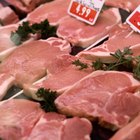
Types of Pork Chops
How to Cook Boneless Lamb Butterflied ...

What Cuts of Meat Are Used for Ground ...
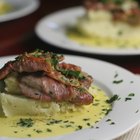
How to Cook Veal Leg Scallopini

Do Filet Mignon Steaks Come From Female ...
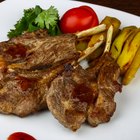
Rib Vs. Loin Grilled Lamb Chop
What Cuts of Beef Come From a Hind?

What Is a Rib-Eye Steak?
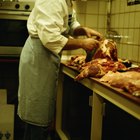
Cuts of Meat From a Front Quarter of ...
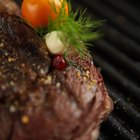
What Is a Chateau Cut?

What Cuts of Meat Can I Get From Deer ...

How to Grill a Lamb Steak

How to Cook Kobe Steaks
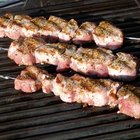
How to Cook Pork Loin

Different Cuts of Steak

How to Cook Thin Cut Butterfly Pork
Can I Use White Vinegar to Tenderize ...
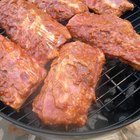
How to Cut Country Style Pork Ribs
References
Writer Bio
Fred Decker is a trained chef and prolific freelance writer. In previous careers, he sold insurance and mutual funds, and was a longtime retailer. He was educated at Memorial University of Newfoundland and the Northern Alberta Institute of Technology. His articles have appeared on numerous home and garden sites including GoneOutdoors, TheNest and eHow.